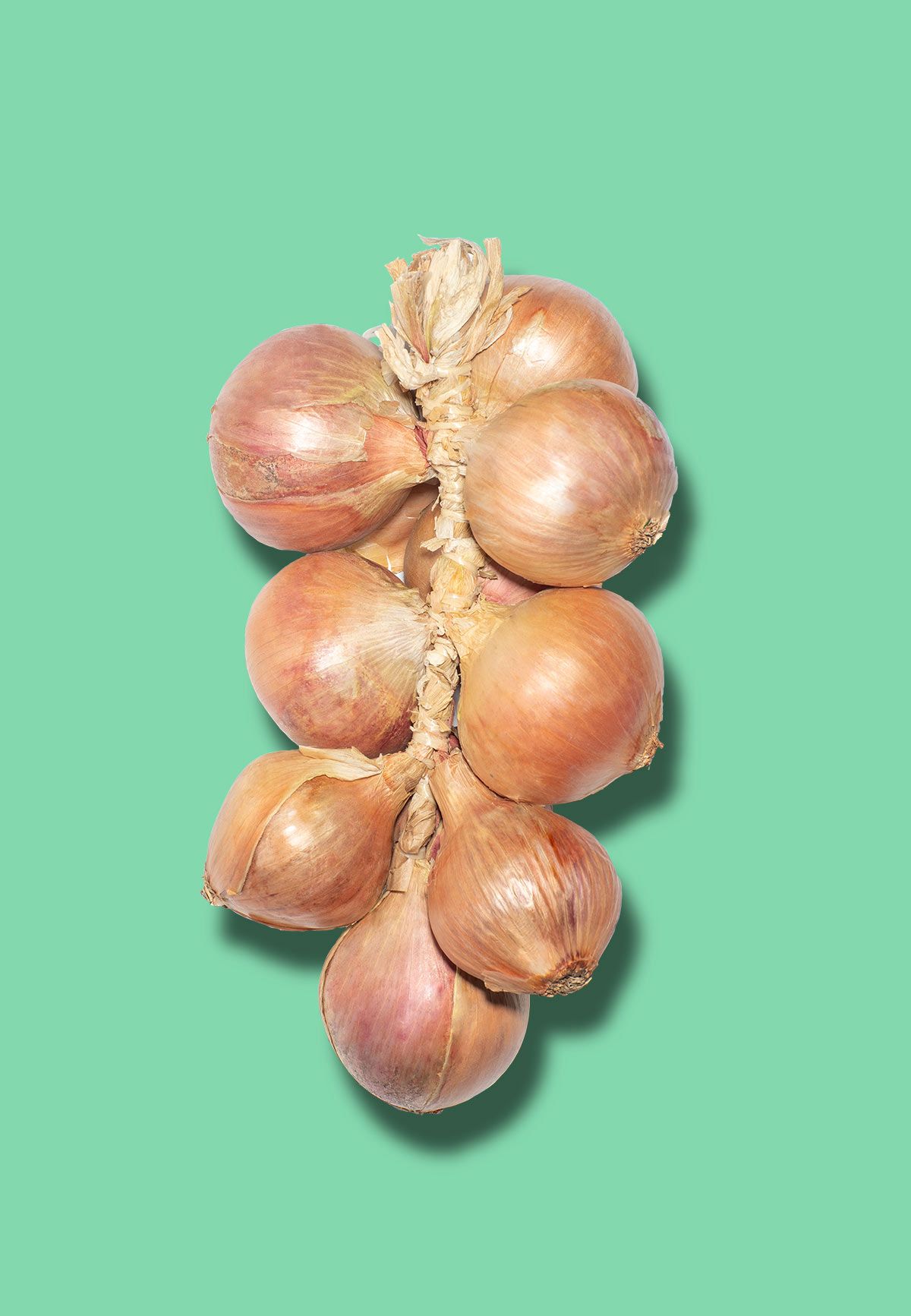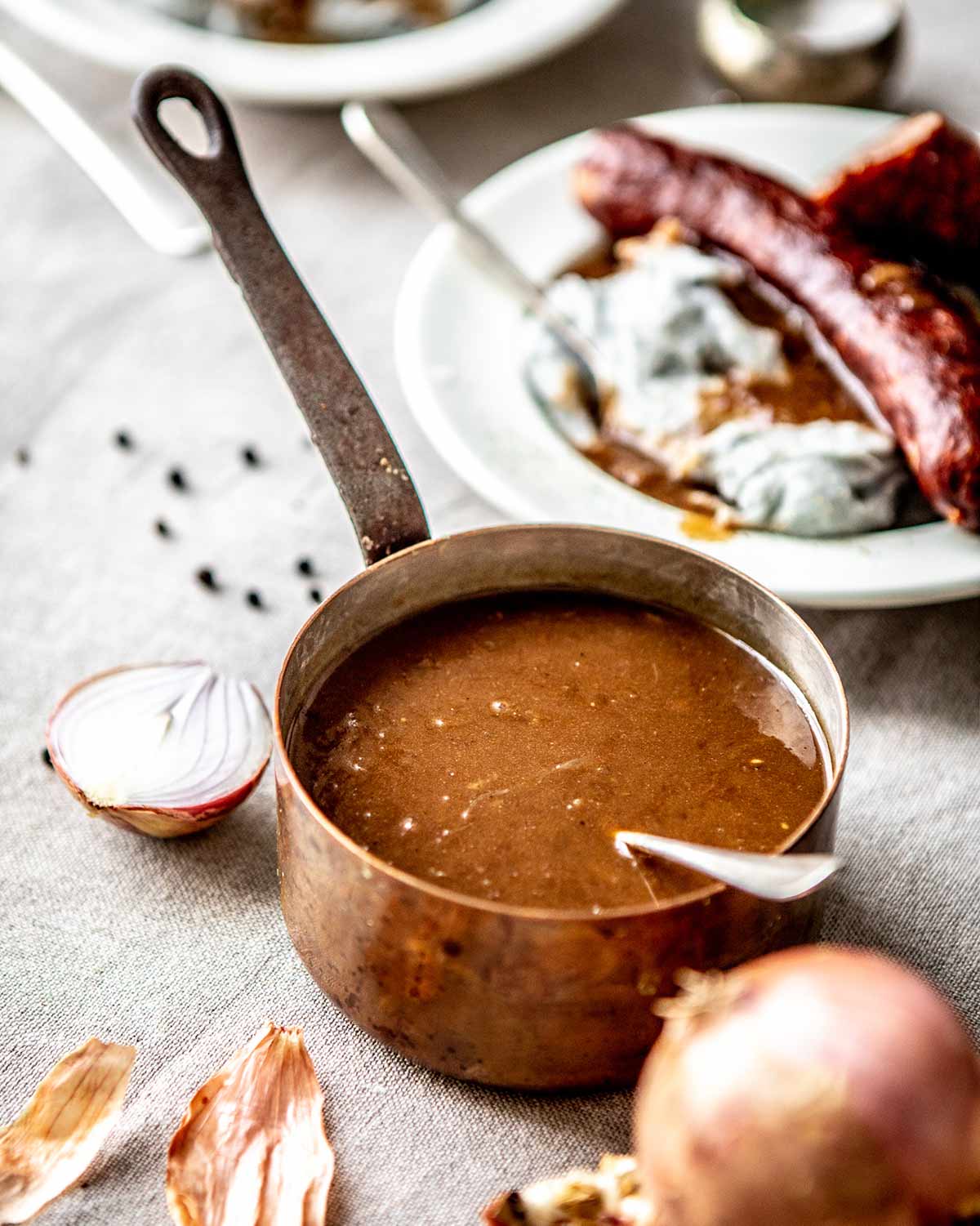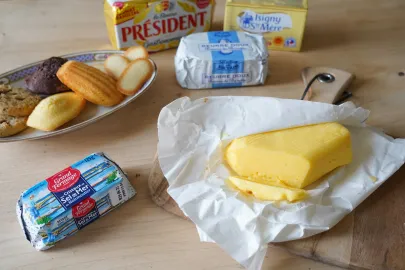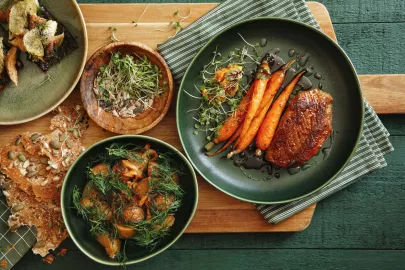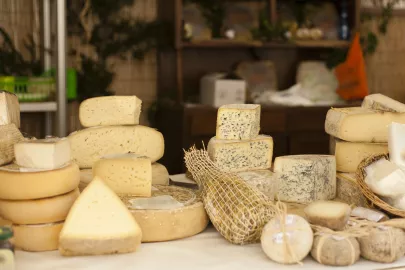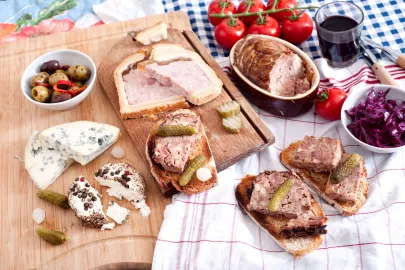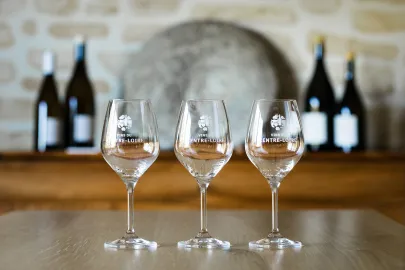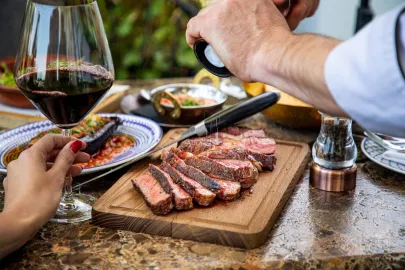What is so special about these onions? Top chef-quality fruit and veg wholesaler Natoora is always on the hunt for la crème de la crème, working closely with small growers to support sustainable agriculture. When it comes to this humble veg, they know their onions — and the best come from Brittany.
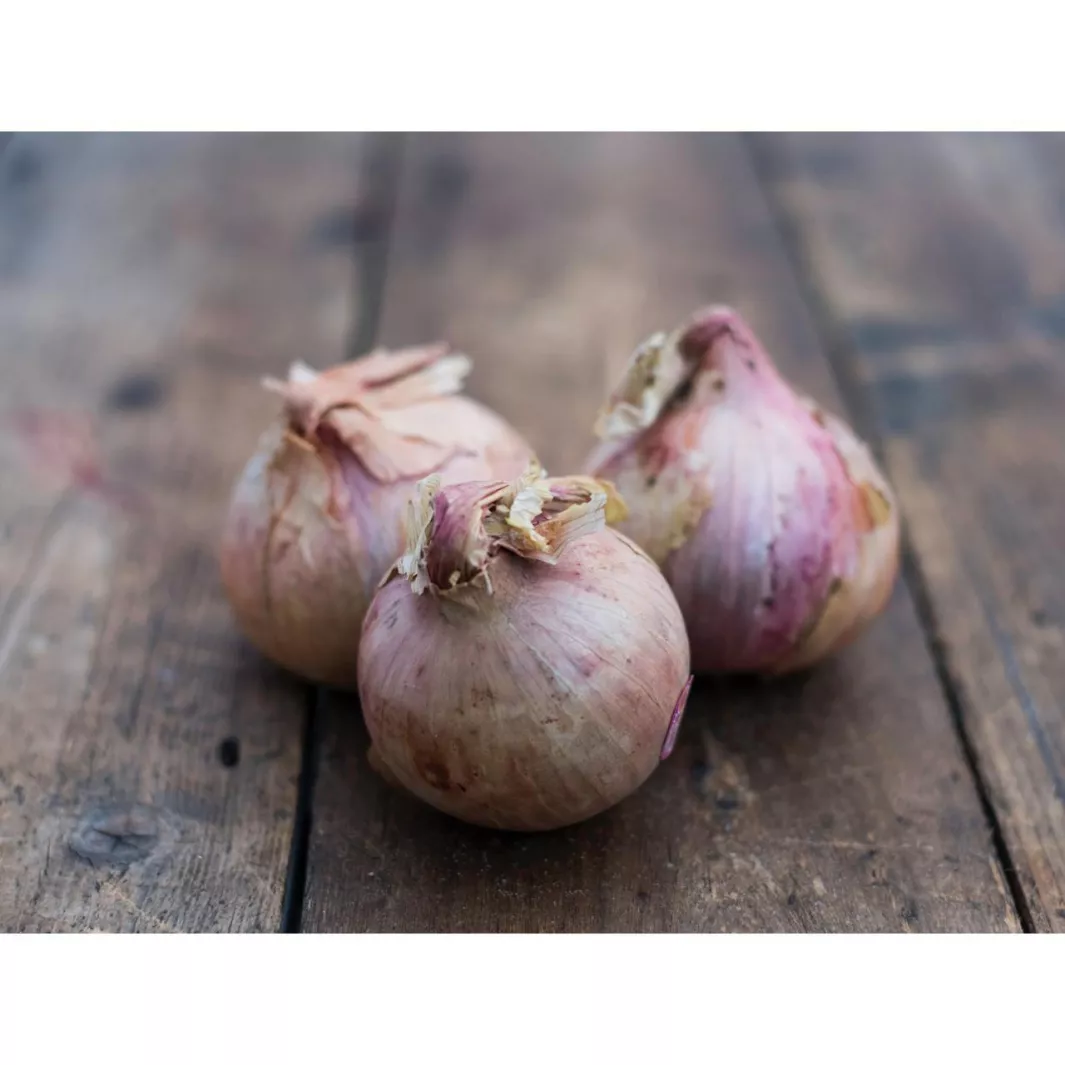
A bit of history
It all started in 1647, when Capuchin friar Cyril brought back the seeds from Lisbon to plant them in his monastery’s gardens in Roscoff, at a time when the town relied mostly on its maritime trade. Packed with vitamin C, onions were crucial to prevent sailors from getting scorbut. Because this new variety kept so well and tasted so good, it became widely grown around the port.
In 1828, young farmer Henri Ollivier tried his luck going to England to sell his crop — and was met with success! Many others followed and were soon nicknamed ‘Johnnies’ by the Brits (petit Jean). The ‘Johnny’ phenomenon would occur every season: in July, they would cycle through Great-Britain, selling their onions from door to door. In the 1920’s, 9,000 tons were sold by over 1,400 Johnnies — Roscoff onions were all the craze. This tradition is still kept alive nowadays by a dozen Johnnies — you might spot one in Breton stripes!
What you need to know
Cultivated in the North-East of Brest in Brittany for over 300 years, the Roscoff onions have been protected since 2009, holding the PDO (Protected Designation of Origin) European label since 2013. With a distinctive, pretty pink colour, these onions have a unique, sweet and rich flavour, making them a chef’s favourite.
The temperate climate and the deep fertile soils of the Breton coast make up great conditions for them to flourish: in 2018, 2,728 tons were produced by 100 farmers according to the PDO Roscoff onions trade board.
How they’re sourced
Natoora’s buying team makes sure to have some Roscoff onions at hand, as they’re very well-known for their sweetness and delicate flavour. They source them straight from the market from August to May, making sure to pick the highest-quality ones.
How they’re harvested
At the end of July, the onions reach their optimal ripeness. Their roots are cut off and they are left to dry in the open air for a bit before moving to a dry and well-ventilated storage. The tops are left attached to the bulbs — it helps them keep longer. Finally, they’re carefully cleaned, trimmed and lovingly braided by hand. They can be sold by braid or loose, which is how Natoora offers them.
How to serve them
They work amazingly in any recipe where the too-often-overlooked onion is the star of the show, like the French traditional onion soup or onion tart.
Also, no Sunday lunch is complete without a proper spoonful of gravy. Bring in a French note with our Roscoff onions gravy recipe! So sweet and fragrant it’s almost a meal of its own.
How to store them
As they come, in a cool dark place. Harvested in the summer, they keep until May without any chemicals.
Where to find them?
Best news is, no need to be a chef to order from Natoora! There are plenty of options out there to stock up on their incredible produce: online via their app or Ocado, in their London stores or in select Whole Foods and Waitrose branches.
Contributor
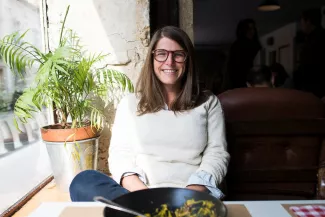
Editor

